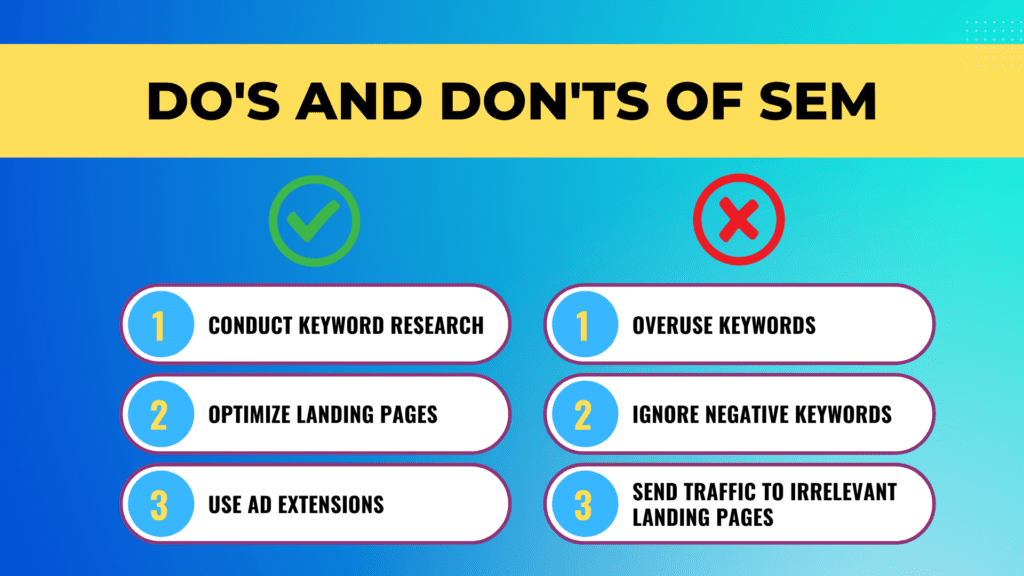In today’s digital era, voice search optimization has become an integral part of digital marketing. With the growing popularity of voice assistants like Siri, Alexa, and Google Assistant, people have started to rely on voice search more than ever before.
As a result, businesses are trying to optimize their content to improve their visibility and increase their chances of appearing in voice search results. However, navigating the complex world of voice search optimization can be quite challenging. In this blog post, we will discuss everything you need to know about voice search optimization.
What is Voice Search Optimization?
Voice search optimization is the process of optimizing your content to appear in voice search results. It involves making changes to your website’s structure, content, and technical elements to make it more accessible and understandable for voice assistants. Voice search optimization is different from traditional search engine optimization (SEO) because it focuses on the way people speak, rather than how they type.
Why is Voice Search Optimization Important?
Voice search optimization is becoming increasingly important as more and more people are using voice assistants to search for information. According to a survey conducted by NPR and Edison Research, around 53% of smart speaker owners use the devices to search for information, and 39% of them use them to make purchases. Voice search is also popular among mobile users, with around 55% of teens and 41% of adults using voice search on their mobile devices daily.
The rise of voice search has significant implications for businesses. If your website is not optimized for voice search, you might be missing out on a large portion of your potential audience. Voice search optimization can help you improve your visibility and increase your chances of appearing in voice search results. By optimizing your content for voice search, you can also improve the user experience and drive more traffic to your website.
How Does Voice Search Work?

Voice search works by using natural language processing (NLP) to interpret the user’s spoken words and match them with the most relevant results. NLP is a branch of artificial intelligence that enables computers to understand human language and respond in a way that makes sense to humans.
When a user speaks a query, the voice assistant breaks it down into individual words and phrases and tries to understand the intent behind the words. It then uses machine learning algorithms to match the user’s query with the most relevant results.
Voice search also takes into account the user’s location and search history to provide personalized results. For example, if a user asks for the nearest pizza place, the voice assistant will use the user’s location data to provide a list of pizza places near them. If the user has previously searched for a specific pizza place, the voice assistant might also provide that as a suggestion.
How to Optimize for Voice Search?

Optimizing your content for voice search involves making changes to your website’s structure, content, and technical elements. Here are some tips on how to optimize for voice search:
1. Use Conversational Language
When optimizing for voice search, it’s essential to use conversational language. Voice search queries are usually longer and more conversational than text-based queries. Instead of using short keywords, use longer phrases and sentences that sound more natural when spoken aloud. Focus on answering questions that users might ask and try to provide concise and informative answers.
2. Focus on Featured Snippets
Featured snippets are short excerpts of text that appear at the top of search engine results pages (SERPs). They are often used to provide quick answers to common questions. To increase your chances of appearing in featured snippets, create content that answers common questions related to your niche. Use concise and informative language, and include structured data markup to help search engines understand the context of your content.
3. Use Structured Data Markup
Structured data markup is a code that helps search engines understand the context of your content. It provides additional information about your content, such as the type of content, author information, ratings, and reviews. Using structured data markup can help search engines understand the intent of your content and provide more accurate results to users. It can also increase your chances of appearing in featured snippets and other rich results.
4. Optimize for Local Search
Voice search queries often include local intent, such as “near me” or “closest to me.” To optimize for local search, make sure that your website includes accurate and up-to-date location information. This can include your business name, address, phone number, and hours of operation. You can also optimize your content for local search by including location-specific keywords and creating location-specific pages on your website.
5. Improve Page Speed
Page speed is an important ranking factor for both traditional SEO and voice search optimization. Slow-loading pages can lead to a poor user experience, which can negatively impact your search rankings. To improve page speed, optimize your images, reduce the number of HTTP requests, and use a content delivery network (CDN).
6. Optimize for Mobile Devices
Voice search is most commonly used on mobile devices, so it’s essential to optimize your website for mobile users. Use a responsive design that adapts to different screen sizes, and make sure that your content is easy to read and navigate on a small screen. You can also optimize for mobile by using mobile-specific keywords and creating mobile-specific content.
7. Focus on User Experience
User experience is an essential factor in both traditional SEO and voice search optimization. To improve the user experience, make sure that your website is easy to navigate and that your content is informative and engaging. Use headings, bullet points, and other formatting elements to make your content easy to read. You can also use multimedia elements such as images and videos to make your content more engaging.
Conclusion
Voice search optimization is becoming increasingly important as more and more people use voice assistants to search for information. Optimizing your content for voice search involves making changes to your website’s structure, content, and technical elements.
By using conversational language, focusing on featured snippets, using structured data markup, optimizing for local search, improving page speed, optimizing for mobile devices, and focusing on user experience, you can improve your visibility and increase your chances of appearing in voice search results. By following these tips, you can stay ahead of the competition and take advantage of the growing popularity of voice search.
Read More: Using AI In Digital Marketing: Enhancing Your Campaigns With Machine Learning
FAQs Related To Voice Search Optimization
What is voice search optimization?
Voice search optimization is the process of optimizing your website and content to appear in voice search results. It involves making changes to your website’s structure, content, and technical elements to make it more accessible and understandable for voice assistants like Siri, Alexa, and Google Assistant.
Why is voice search important?
Voice search is becoming increasingly popular, with more and more people using voice assistants to search for information. By optimizing your content for voice search, you can increase your visibility and reach a wider audience. Voice search can also provide a better user experience, as it allows users to search hands-free and get immediate answers to their queries.
How is voice search different from traditional search?
Voice search is different from traditional search in several ways. For one, it is often more conversational and natural-sounding, with users asking questions in a more casual tone. Voice search queries also tend to be longer and more specific, as users often ask for immediate answers to specific questions. Additionally, voice search results are often presented in a different format, such as featured snippets or other rich results.
What are some best practices for voice search optimization?
Some best practices for voice search optimization include using conversational language, focusing on featured snippets, using structured data markup, optimizing for local search, improving page speed, optimizing for mobile devices, and focusing on user experience. By following these best practices, you can improve your visibility and increase your chances of appearing in voice search results.
How can I optimize for local search in voice search?
To optimize for local search in voice search, make sure that your website includes accurate and up-to-date location information. This can include your business name, address, phone number, and hours of operation. You can also optimize your content for local search by including location-specific keywords and creating location-specific pages on your website. Additionally, consider using local business listings and review sites to boost your local search presence.
Read More: 6 Timely SEO Strategies and Resources for Voice Search

















Thanks for sharing. I read many of your blog posts, cool, your blog is very good.